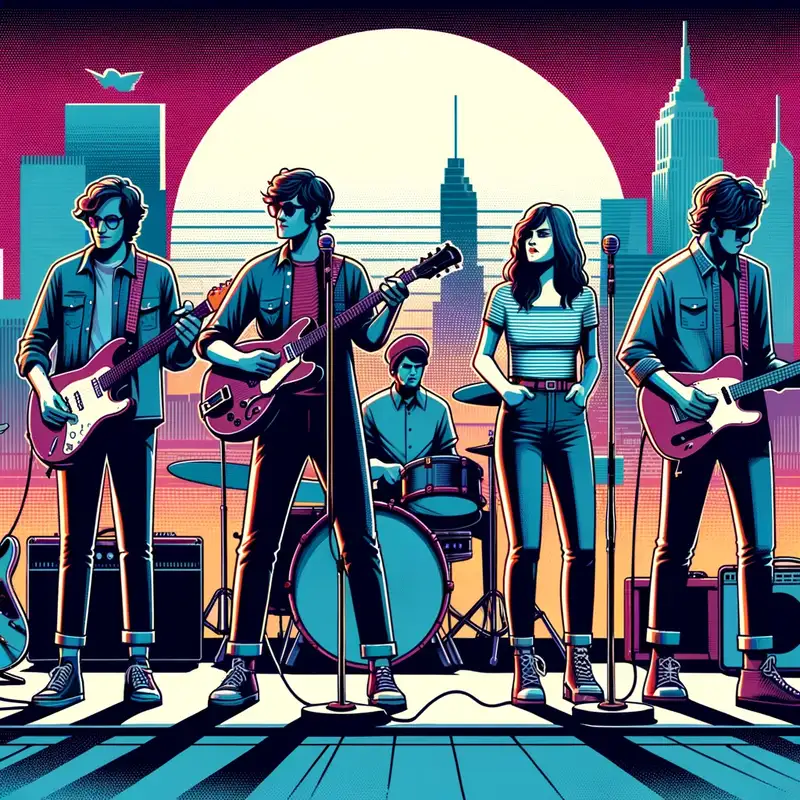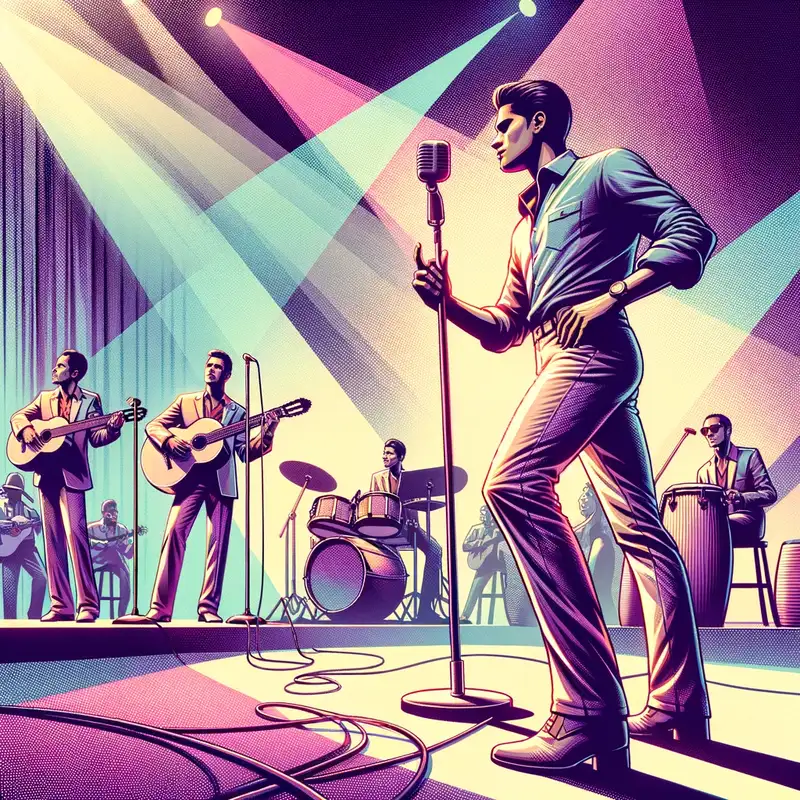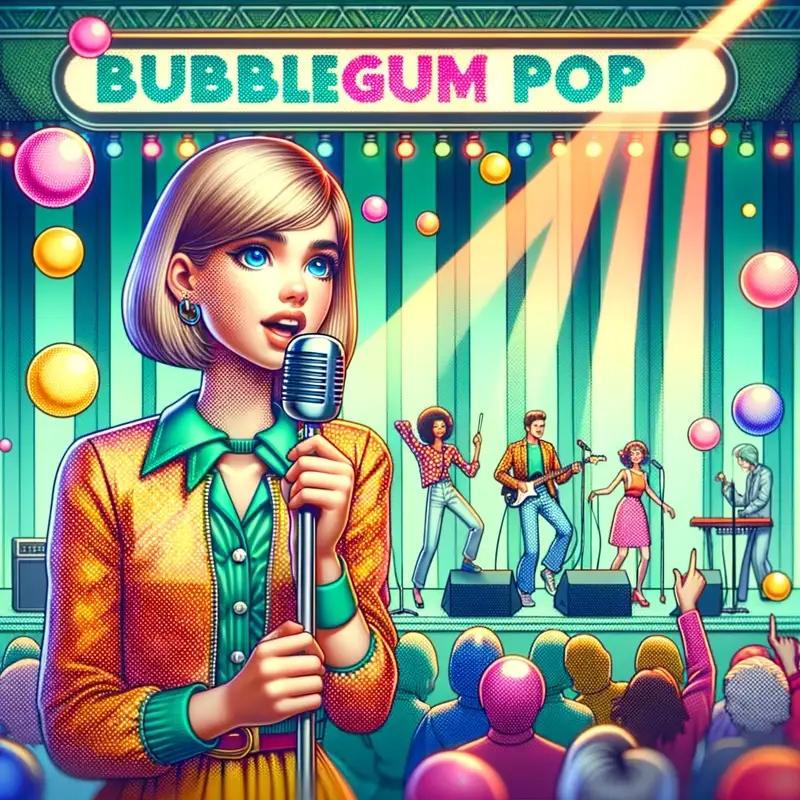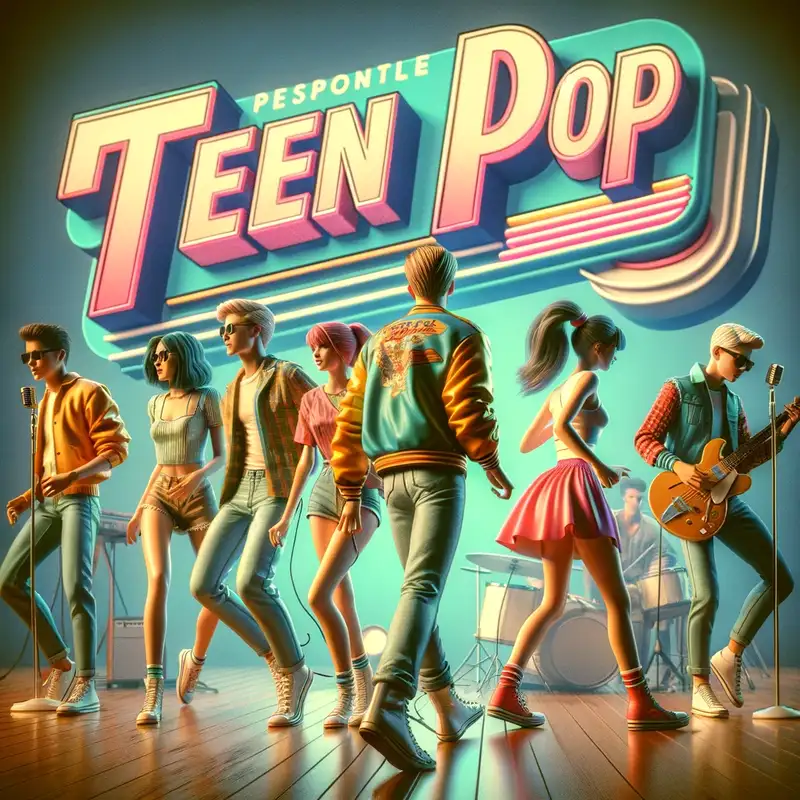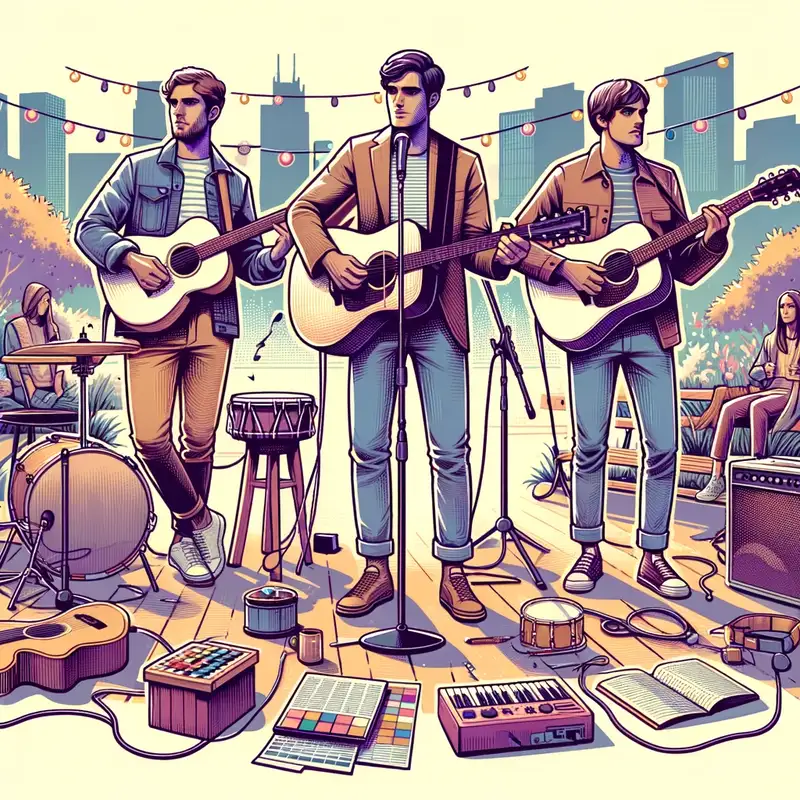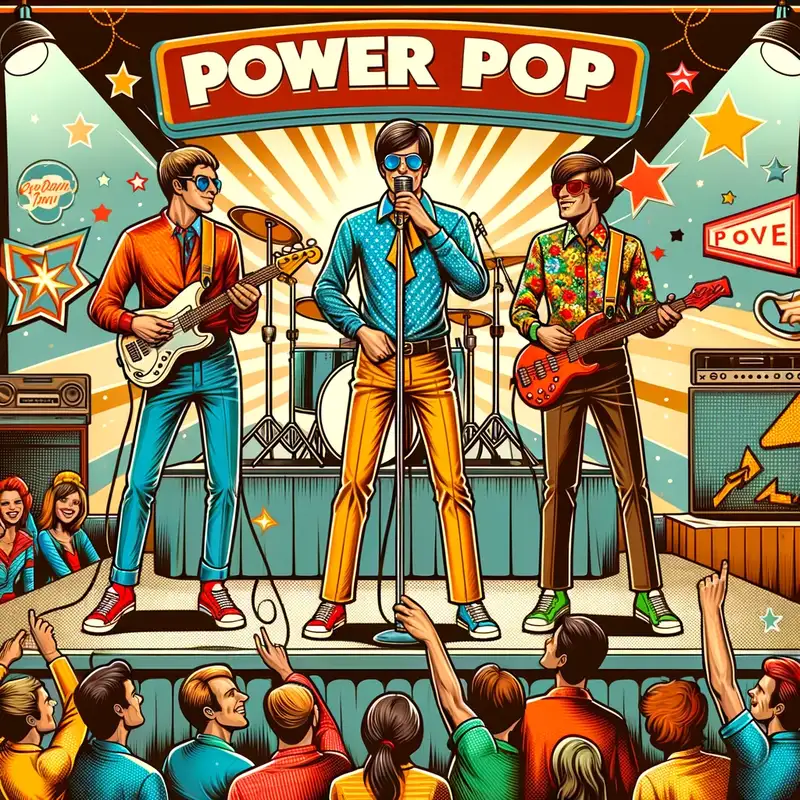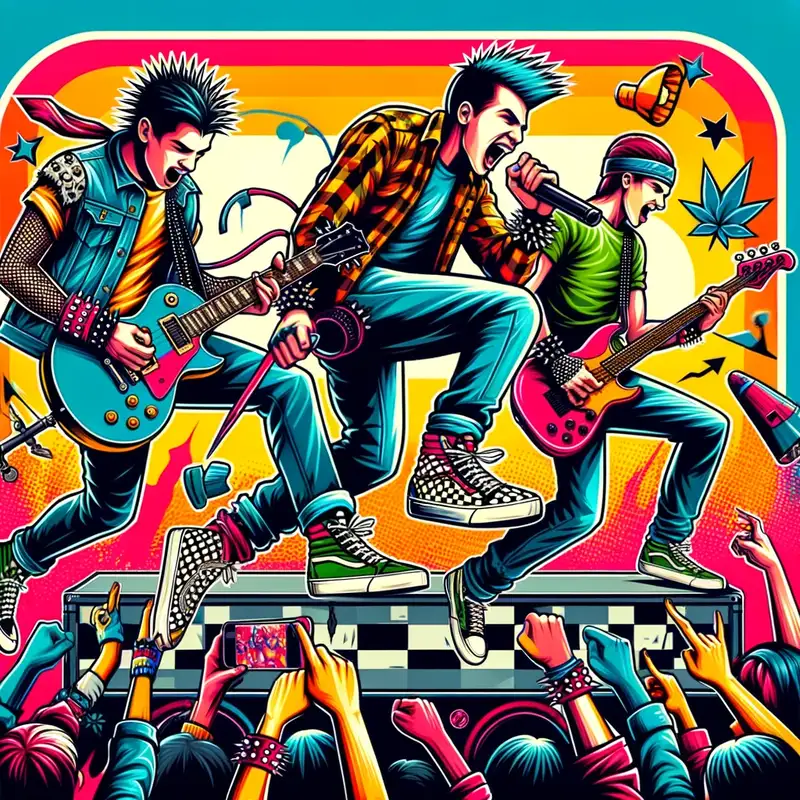Pop Music
Pop music, derived from the term “popular music,” has been a driving force of culture and a reflection of society’s ever-evolving tastes.
Table of Contents
Subgenres
Pop music is a genre that’s incredibly diverse, encompassing a range of sounds, styles, and influences. The term “pop” is often used to describe music that is popular and has mass appeal, but within the umbrella of pop music, there are many subgenres that have their own distinct characteristics.
This is not an exhaustive list, and the boundaries between these subgenres can often be blurry.
Evolution
1. Early Beginnings (1920s-1940s)
Pop music initially emerged from the Western world’s Tin Pan Alley era.
Notable artists: Bing Crosby, Frank Sinatra.
2. Rock ‘n’ Roll and the Birth of Modern Pop (1950s)
Influenced by jazz, blues, and country, rock ‘n’ roll brought a fresh, energetic sound.
Notable artists: Elvis Presley, Chuck Berry.
3. The British Invasion and Pop Rock (1960s)
UK bands stormed the US charts, introducing innovative songwriting and style.
Pop Rock is essentially a fusion of rock music with pop, aiming to create a more accessible and radio-friendly sound.
Notable artists: The Beatles, The Rolling Stones.
4. Disco and Punk (1970s)
A period marked by contrasting styles: the glittering world of disco and the raw, rebellious sound of punk.
Punk Pop combines elements of punk rock with pop music, aiming for a sound that’s both rebellious and catchy.
5. Synth-pop and the MTV Era (1980s)
The rise of music videos and synthesized sounds defined this decade.
Synth-pop emerged in the late 1970s and uses synthesizers to create a rich, electronic sound.
Artists like Depeche Mode and The Human League are considered pioneers of this subgenre.
6. Bubblegum Pop, Teen Pop and Hip-Hop Fusion (1990s-2000s)
Bubblegum Pop is a form of pop music that is upbeat, catchy, and often considered superficial. It’s designed to appeal primarily to pre-teens and teenagers.
Artists like The Archies and more modern acts like early Britney Spears fall under this category.
Pop embraced R&B and hip-hop elements, and boy bands and teen pop acts dominated the charts. Similar to bubblegum pop, but often incorporates elements of other popular music genres. It’s primarily targeted at teenagers.
Artists like ‘N Sync, Backstreet Boys, and more recently, Shawn Mendes could be considered part of this subgenre.
7. Digital Age and Globalization (2010s-2020s)
Electropop fuses electronic music and pop, creating a sound that is often futuristic and synthetic.
Artists like La Roux and Owl City could be categorized under this subgenre.
Dance-Pop is designed to be particularly suitable for dancing. It often incorporates elements of electronic music and has a strong emphasis on rhythm.
Artists like Madonna and Lady Gaga have made significant contributions to this style.
Streaming platforms, social media, and the global reach introduced new sounds and stars from various parts of the world:
K-Pop is a genre of pop music originating from South Korea. It incorporates elements of Western pop music but also has its own set of aesthetics, performance elements, and fan culture.
Groups like BTS and BLACKPINK are popular K-Pop acts.
J-Pop is pop music from Japan and has its own set of characteristics that set it apart from Western pop music, including unique instrumentation and lyrical themes.
Artists like Hikaru Utada and Arashi are examples.
Key Characteristics of Pop Music
- Melodic Focus: Pop songs often have catchy, memorable melodies that stick in the listener’s mind.
- Simple Structures: The verse-chorus structure is common, making songs easy to remember and sing along to.
- Broad Appeal: Pop music aims to reach a wide audience, often focusing on universal themes like love, heartbreak, and celebration.
- Production Value: Over time, the production of pop music has become more polished, utilizing the latest technology and trends.
- Adaptability: Pop often absorbs elements from various genres, making it a chameleon in the music world.
Cultural and Social Impact
Fashion and Trends: Pop stars often set fashion trends, with fans emulating their iconic looks.
Social Commentary: While pop is often seen as light and entertaining, many artists use the platform to comment on societal issues.
Economic Impact: The pop music industry is a significant contributor to the global economy, from record sales to concert tours to merchandise.
Pop music, while sometimes dismissed as fleeting or superficial, is a powerful cultural force. It not only reflects societal moods and shifts but also actively shapes and drives culture forward.
